The colors of other worlds
Carl Sagan famously called Earth the “pale blue dot”. Viewed from a large distance, that is what our complex, vibrant, living planet looks like. In the search for life around other stars, we should be looking for other pale blue dots, right?
Maybe not. There is some reason to think that not all habitable planets will be blue. We might be better off searching for pale red dots or pale green dots or even pale infrared dots. In fact, we already know of one blue planet (called HD 189733 b) that is certainly not livable, as its daytime temperature exceeds 700 degrees Celsius (and it’s a gas giant with no solid surface)!

The color of an object represents how much each color of light bounces off of an object. Pop quiz: if a ball absorbs blue and green light but reflects red light and I shine a white light on it, what color will it appear? The answer is: red. The red light bounces off and reaches our eyes, while the blue and green is absorbed.
Two key factors determine a planet’s color: its source of illumination and what colors of light the planet absorbs. The illumination comes from its star. The peak of the Sun’s emission is in the yellow-green part of the spectrum. More massive stars are brighter and bluer, meaning they emit more blue light, and lower-mass stars are fainter and redder. Puny stars – called M stars or “red dwarfs” – emit very little visible light and instead are brightest at infrared wavelengths of light that our eyes cannot detect. What visible light red dwarfs do emit is very red. These stars are important because they are the most abundant type of stars in the Universe.
A planet’s reflectance is affected by a number of factors. Let’s take stock of the colors of the Solar System’s planets. Mars is the red planet; its color comes its surface rocks, which are heavily oxidized (rusted, essentially). We can see down to its surface because its atmosphere is very thin. Venus is mostly a featureless bright planet; its clouds are so thick and reflective that we cannot directly see its surface. Neptune and Uranus appear blue because the methane in their upper atmospheres absorb red light but reflect blue. Saturn’s moon Titan’s orange color is thought to be due to complex organic molecules that form a layer of haze in its atmosphere.

It turns out surfaces of other life-bearing worlds need not resemble the Earth. In fact, the Earth itself did not always look like a pale blue dot. As the Earth’s atmosphere and surface evolved, so too did its appearance. A study from 2007 used models of Earth’s evolution to show just how different Earth used to look. The most important changes in Earth’s appearance came from changes in the composition of Earth’s atmosphere, which was dominated by carbon dioxide until roughly two billion years ago.
Life on Earth is mainly green. Leaves and grass are the most visible forms of life, and their color comes from a single molecule: chlorophyll, the driver of photosynthesis. Photosynthesis is Earth’s primary source of organic matter. Yet photosynthetic plants need not appear green. A different study from 2007 used a broad range of photosynthetic organisms to understand the fundamental rules that govern how photosynthesis is adapted to take advantage of the energy of the parent star. They found that there is a systematic trend: photosynthetic plants around different types of stars should have different colors. Plant life on planets orbiting stars roughly similar to the Sun (so-called FGK stars) should be similar. But given their very low visible light emissions, red dwarfs systematically push photosynthesis on habitable planets to use the infrared and create plants that appear reddish instead of green.

On a more general note, a recent study created a catalogue of the colors of 137 microorganisms that contain pigments. These included photosynthesizers as well as organisms from extreme environments such as deep-sea vents that do not depend on the Sun. There were some common characteristics (e.g., the importance of specific wavelengths associated with water absorption) but their colors were all over the map. This means that planets whose surfaces are dominated by different types of organisms may have very different colors.
It is the oceans that make Earth a pale blue dot. Yet there are other key surface constituents that are imprinted on Earth’s spectrum; desert sands, conifer forests, snow and ice are among the most important. A planet’s color is a mix of all of these and more, and clouds can hide some or all of these features. It is probably overly optimistic to expect that we could infer the presence or absence of life from a distant planet’s color.
And we should beware of over-interpreting other pale blue dots. Are they blue because, like Earth, they have global water oceans? Or, like Neptune, do they have thick methane atmospheres? Or, like HD 189733 b, do they have high clouds containing small glass-like silicate particles? The context – for example, a planet’s atmospheric chemistry depends on how much energy it receives from its star, which can be estimated from its orbit – can answer some of these questions. Yet given the zoo of possibilities, we should not rush to judgment.
The search for other Earths continues. Should we be looking for other pale blue dots, or green or red dots? Given the enormity of the task of finding and measuring the colors of other worlds, maybe we should just be happy with any dots that we get.
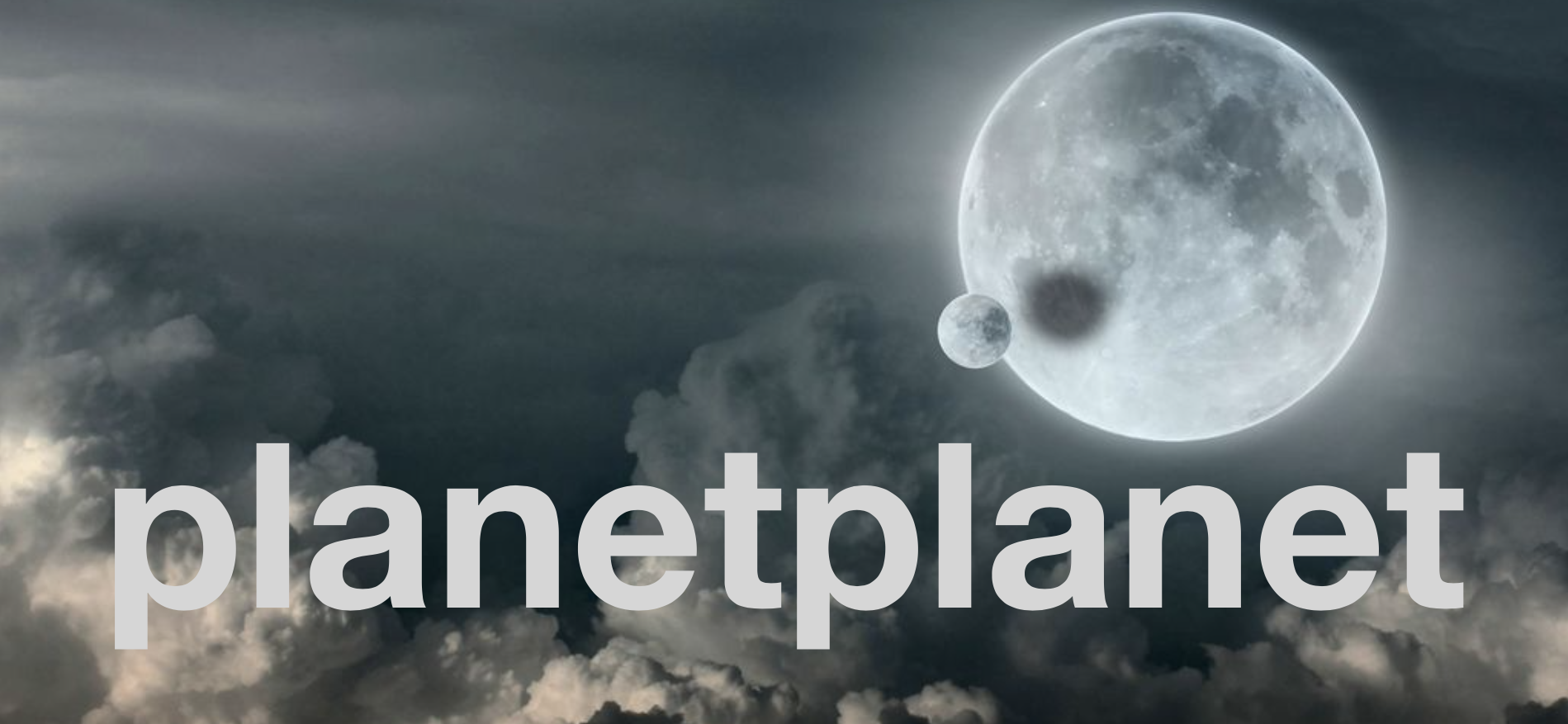

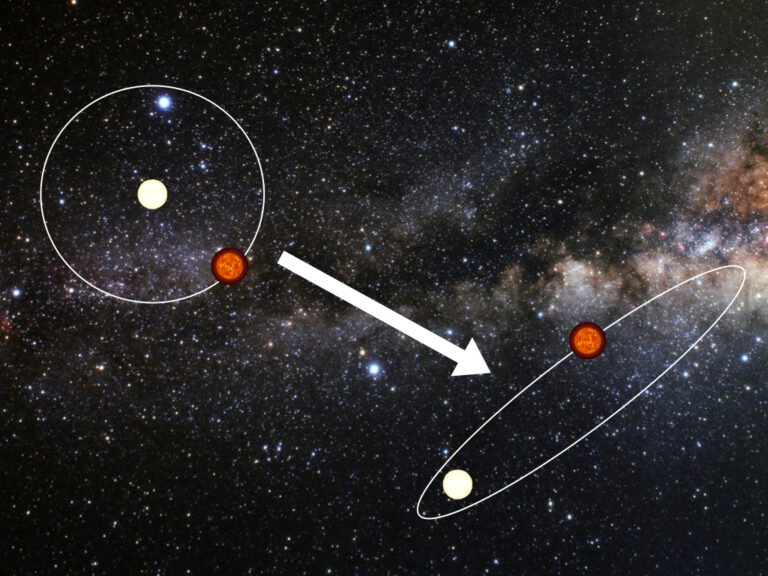
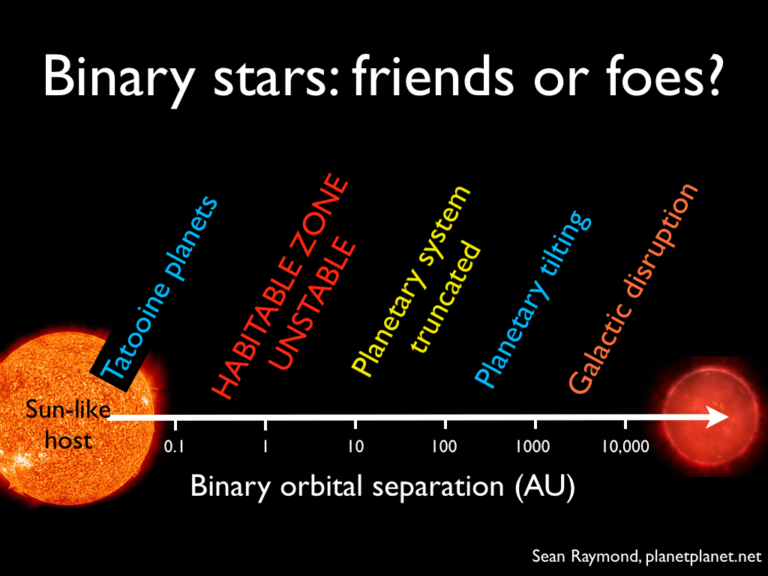
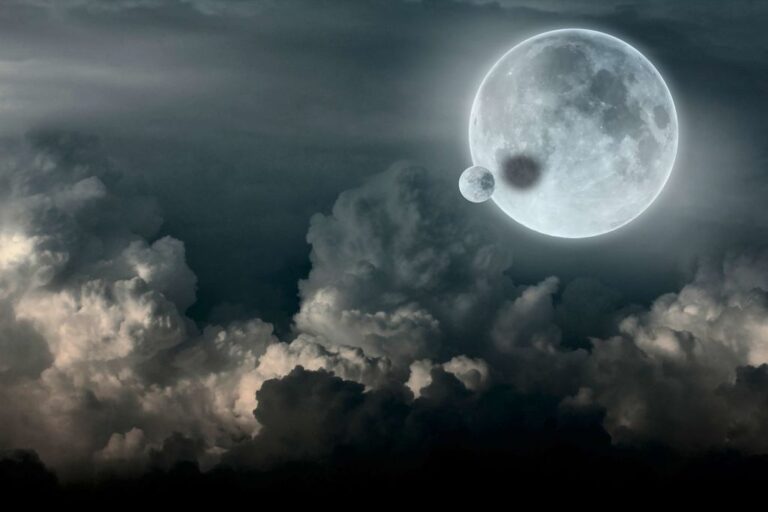
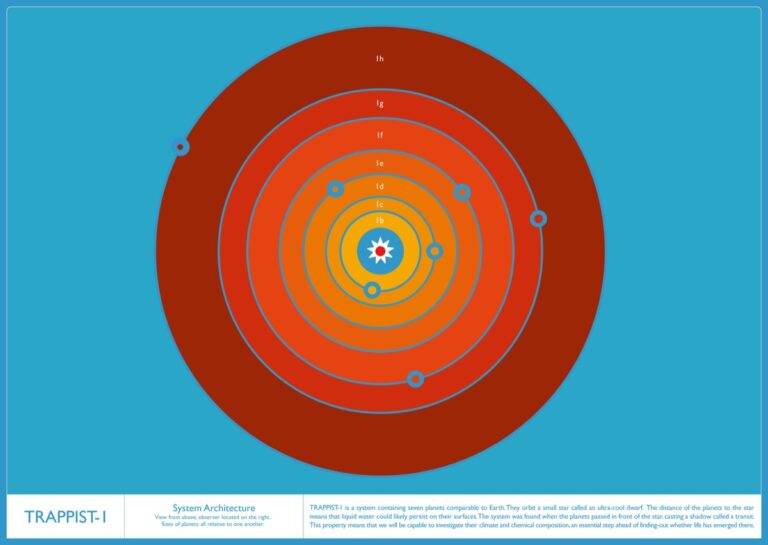
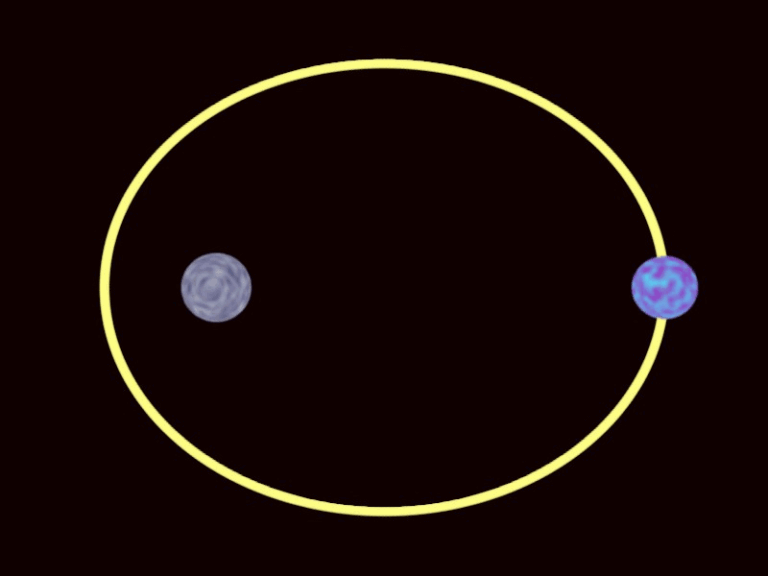

I always thought vegetation on a planet orbiting an M-class dwarf would be black, in order to absorb as much light as possible.
Highly interesting, as always.
Thank you.